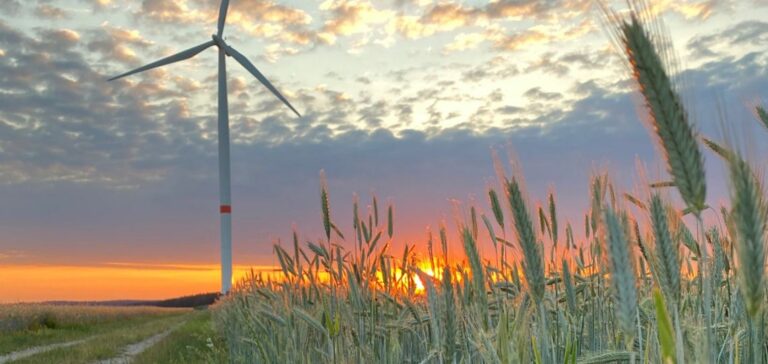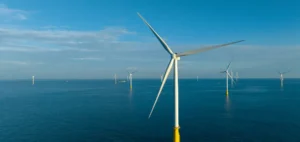Qualitas Energy has announced the acquisition of a 250 MW wind energy portfolio, distributed across four projects located in Saxony-Anhalt, Hesse, Lower Saxony, and Baden-Württemberg. These projects, consisting of a total of 37 turbines at an advanced stage of development, strengthen the company’s presence in a market where renewable energy plays an increasingly significant role in national energy strategies.
With this acquisition, Qualitas Energy further consolidates its position in the evolving German market, despite the challenges posed by complex regulatory frameworks and growing competition among investors. The projects are expected to generate enough capacity to power approximately 166,000 households, equivalent to the annual energy consumption of a city like Duisburg.
A strategy focused on high-potential assets
This transaction is part of a strong growth trajectory for Qualitas Energy in Germany. In recent months, the company has also announced the addition of a 32-turbine wind farm near the North Sea coast and the acquisition of seven repowering projects with a combined capacity of 173 MW. These investments are backed by the Qualitas Energy Fund V, which has €2.4 billion in assets and is designed to target strategic opportunities in sustainable energy infrastructure.
Germany remains one of the most attractive markets for onshore wind energy, thanks to stable long-term prospects and an institutional framework supporting private investments. However, the projects require careful planning and effective management of relations with local communities and regional authorities.
Consolidating strategic leadership
With more than 250 employees spread across multiple sites in Germany, Qualitas Energy relies on local expertise to manage the acquisition, development, and operation of its assets. The 37 turbines from these new projects are part of an integrated approach aimed at optimizing returns and maximizing revenues in a highly competitive environment.
Furthermore, this operation represents one of the company’s largest since the acquisition of DunoAir’s 1.4 GW project pipeline in 2023. This increased capacity underscores the company’s commitment to strengthening its position in a strategic market while aligning with Europe’s broader goals for energy diversification.





















